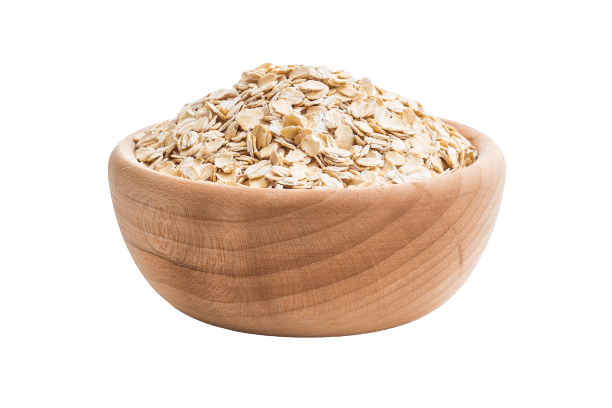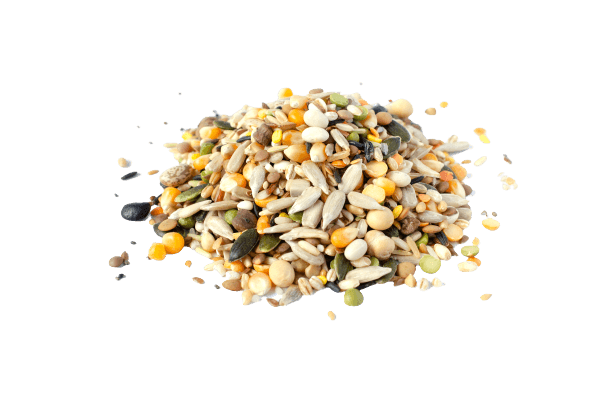
Bulk Walnuts
Global Resources Direct is proud to offer organic walnuts and other types of nuts at wholesale and in bulk. Walnuts are a type of tree nut. They have a distinctive, slightly oval shape. The nutmeat of a walnut is light brown in color and has a delicate, slightly sweet flavor. Walnuts are a good source of nutrients, including protein, healthy fats, and various vitamins and minerals. They are also a rich source of antioxidants, which are compounds that may help protect the body against the damaging effects of free radicals.
Contact us for a quote on Bulk Walnuts!
Forms include:
Halves, halves and pieces, pieces, meal, butter, roasted, nibs, and organic.
Download Spec Sheets:
(Click to download)
Walnuts Combo Halves and PiecesWalnuts Chandler Light Halves and Pieces 20% HalvesWalnuts Chandler Light Halves and Pieces 80% Halves
Packaging & Storage:
Cases, totes. Private label retail packs available. Store in a cool dry and odor free place away from light and heat.
Disclaimer:
This is for general information purposes only. Please contact a GRD sales rep for the specification sheet that applies to your order. Due to multiple origin sources, crop seasons, crop conditions, and other factors, specification sheets are subject to change.
More Bulk Products
18% Fat Organic Aseptic Coconut Cream
24% Fat Organic Aseptic Coconut Cream
Organic Desiccated Coconut Medium Shred
Organic Desiccated Coconut Fine Shred
Organic RBD Coconut Oil
Organic Coconut Sugar
& More!Liquid Frozen Eggs
Dried Egg Powder
Frozen Sugar Yolk
Frozen Egg White with Guar Gum
Pasteurized Frozen Salted Egg Yolks
Liquid Whole Egg (Totes)
& More!Blanched Super Fine Almond Flour
Organic Coconut Flour
Organic Blanched Almond Flour
Organic Blanched Almond Fine Meal
Pumpkin Seed Flour
Sunflower Seed Flour
& More!IQF Banana
IQF Bell Peppers
IQF Blueberries
IQF Broccoli
IQF Asparagus Spears
IQF Blackberries
& More!Almonds
Cashews
Hazelnuts
Macadamia Nuts
Peanuts
Pine Nuts
& More!Gluten Free Thick Rolled Oat
Gluten Free Thick Rolled Oat Flakes
Gluten Free Instant Oat Flakes
Gluten Free Quick Oat Flakes
Gluten Free Oat Flour
& More!Almond Oil
Apricot Kernel Oil
Argan Oil
Avocado Oil
Babassu Oil
Beeswax
& More!Almond Flour
Guacamole
Oats
Salsa
Vanilla Extract
& More!Instant Non-Fat Milk Powder
Almond Protein Powder
Micellar Casein
Fava Bean Protein Isolate
Brown Rice Protein Powder
Optimized Pea Protein Isolate and Brown Rice Protein Mix
& More!Flax Seeds
Hemp Seeds
Pumpkin Seeds
Sesame Seeds
Sunflower Seeds
& More!Vanilla Bean
Vanilla Extract
Vanilla Paste
& More!










